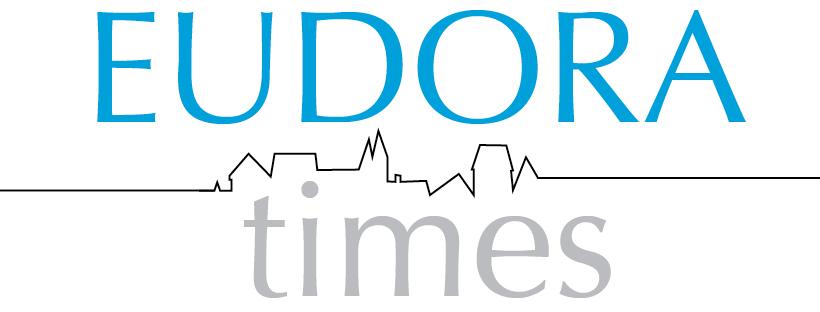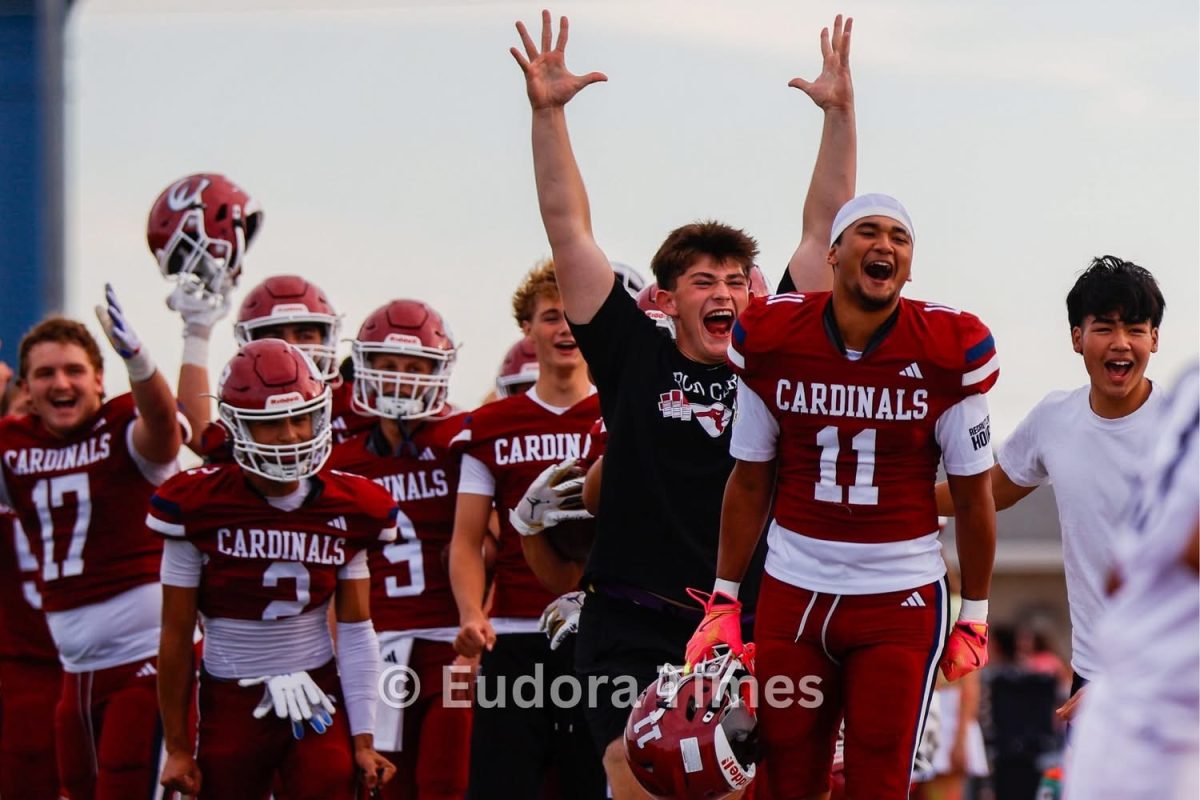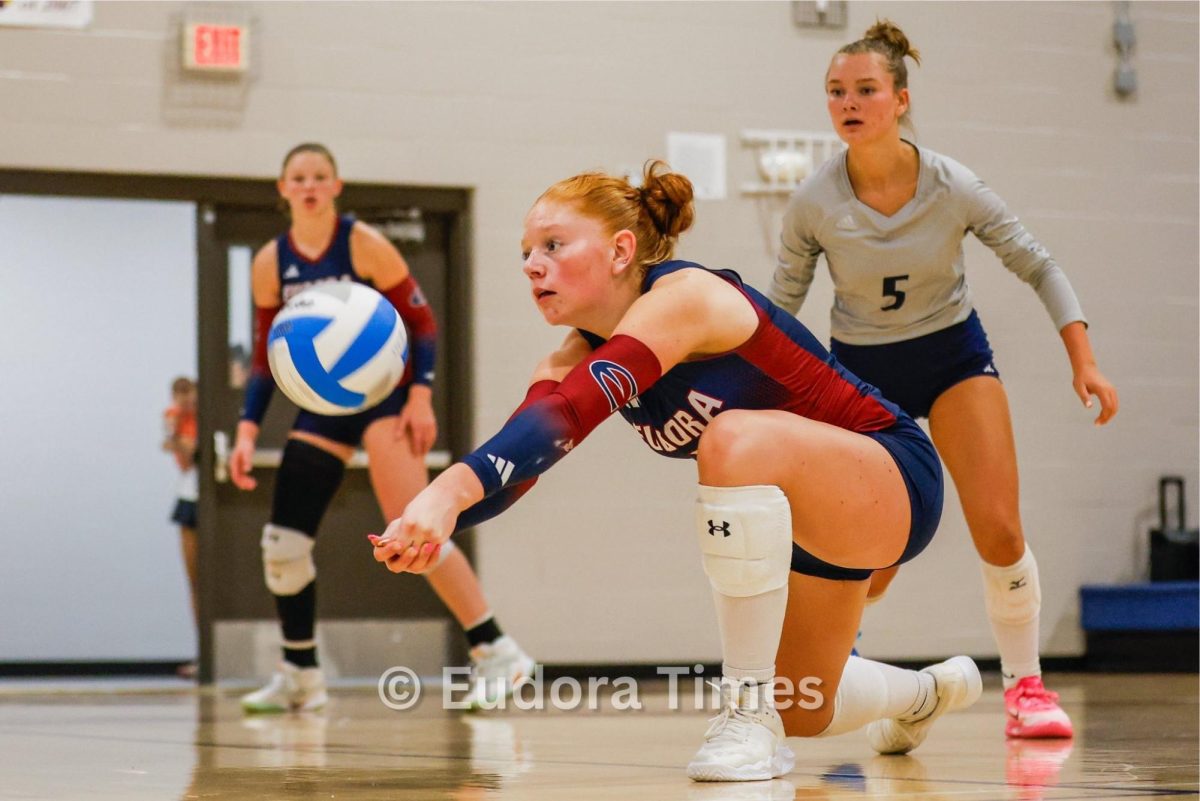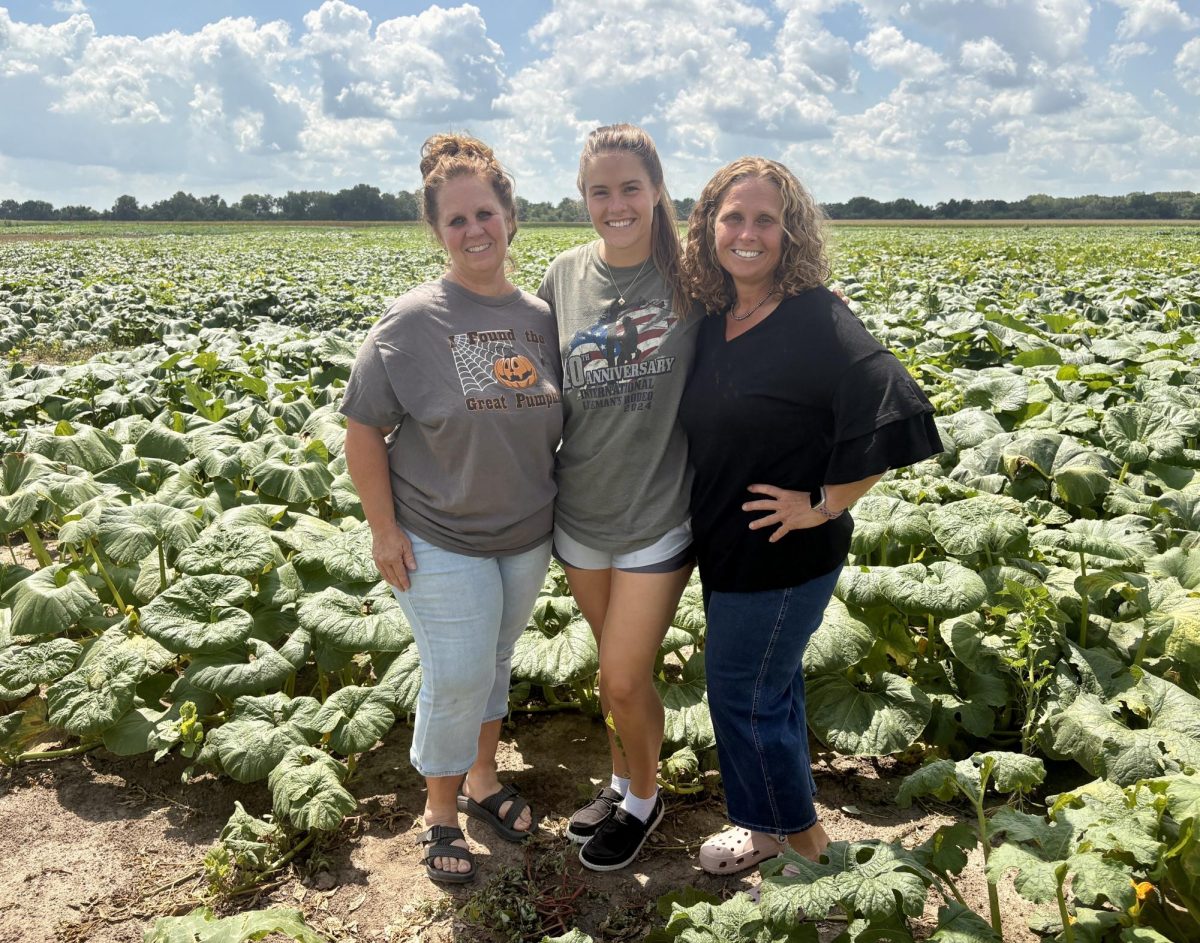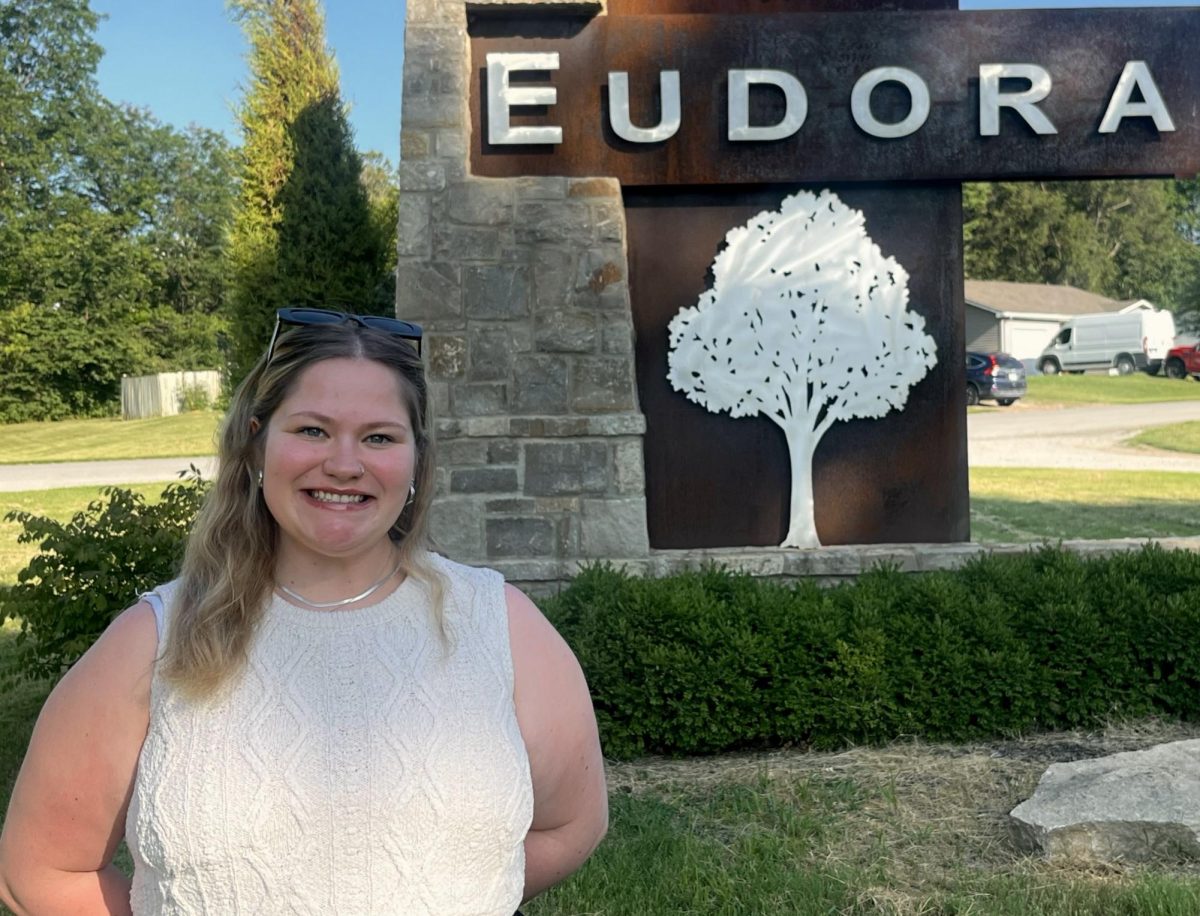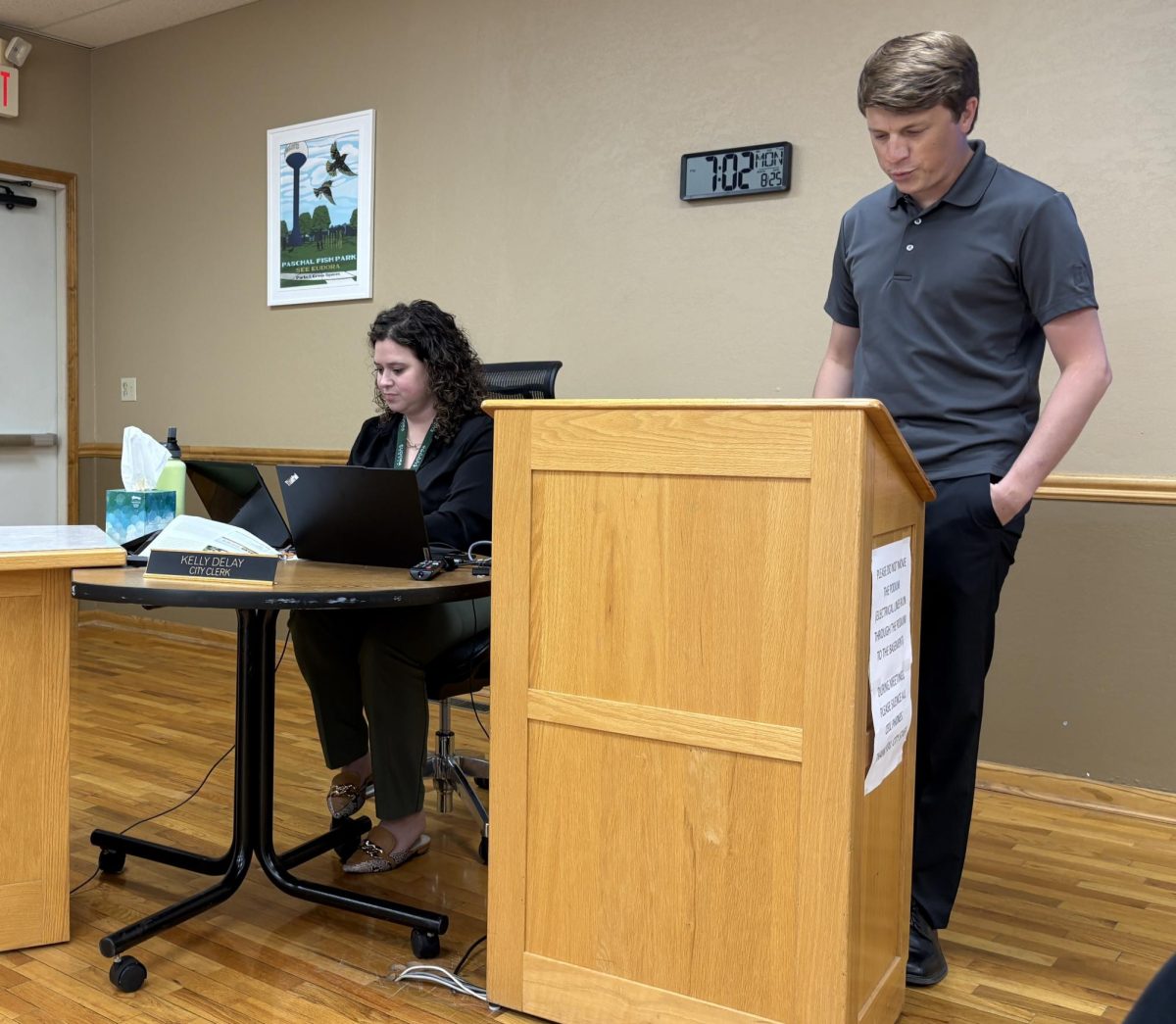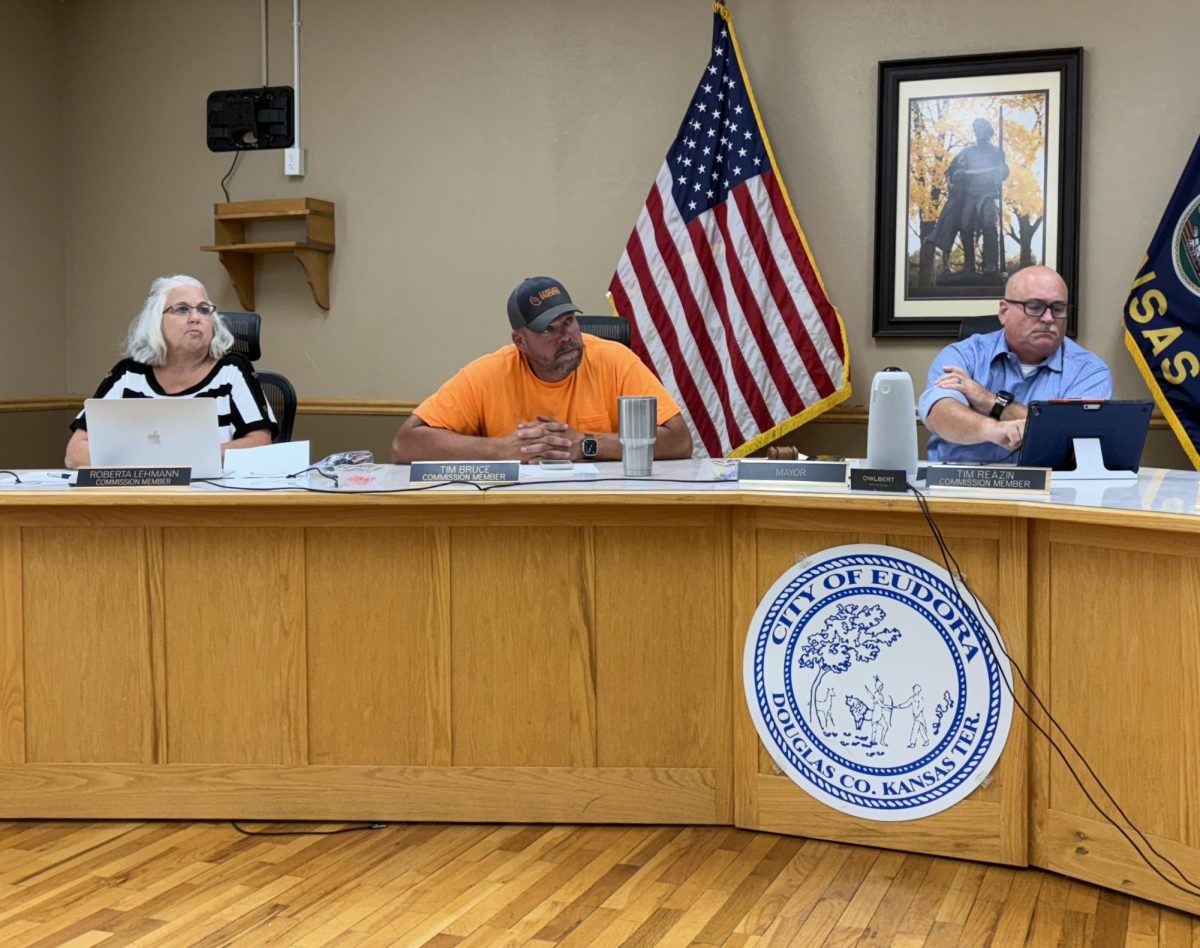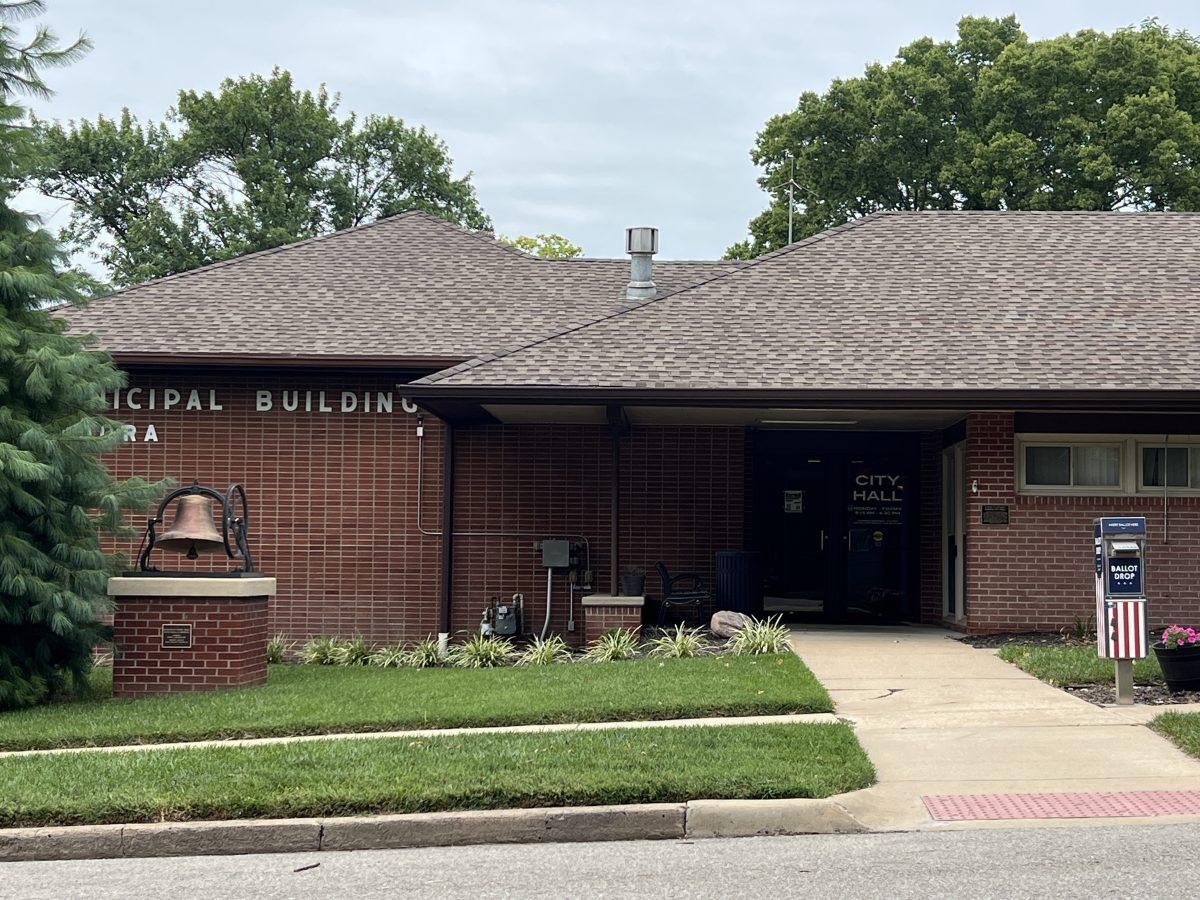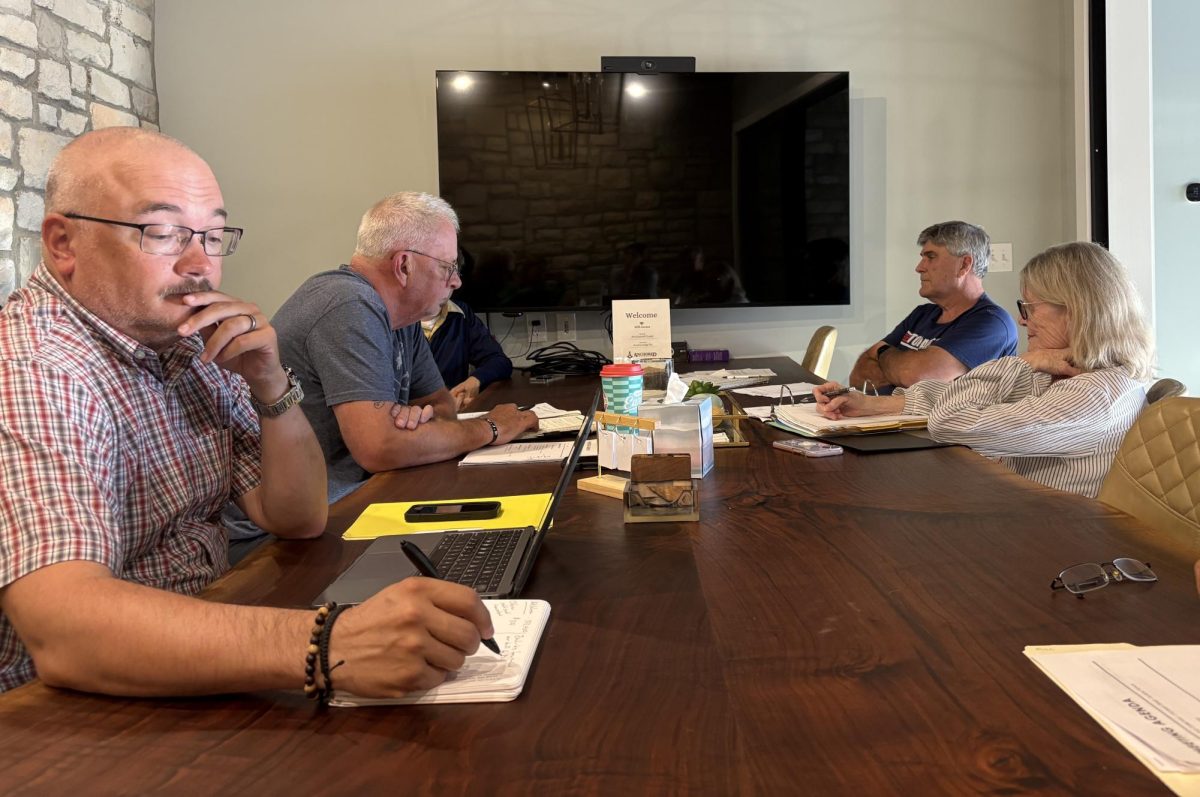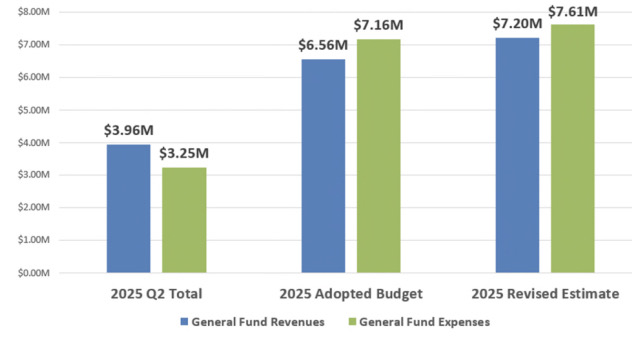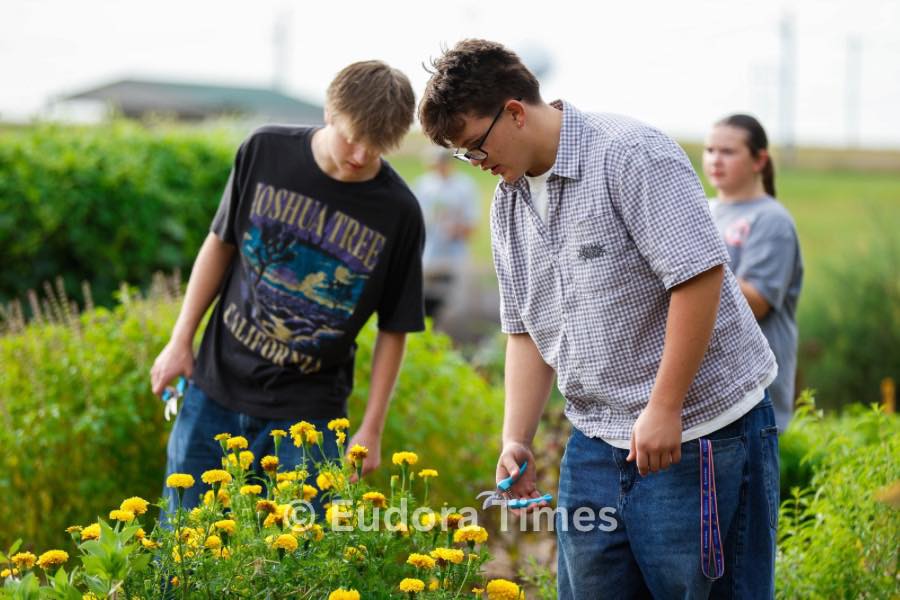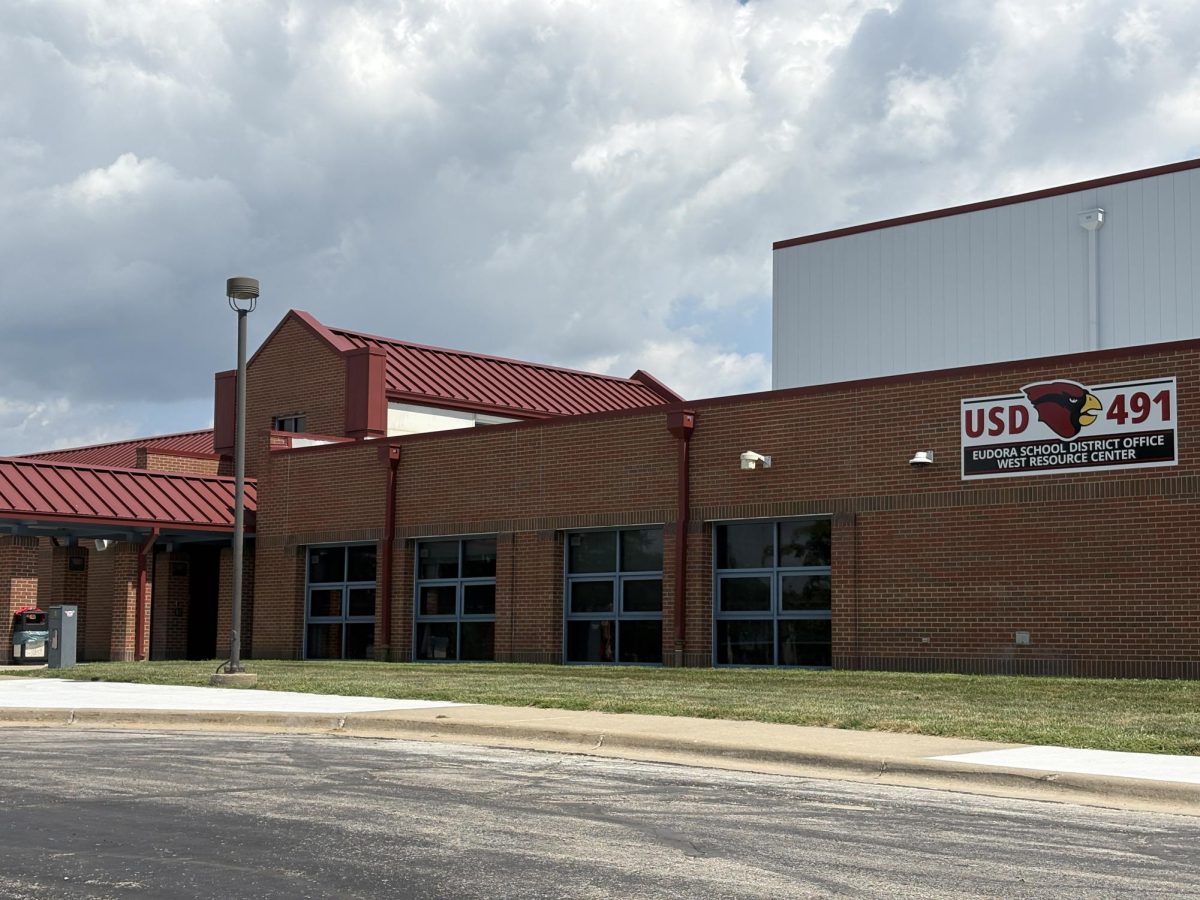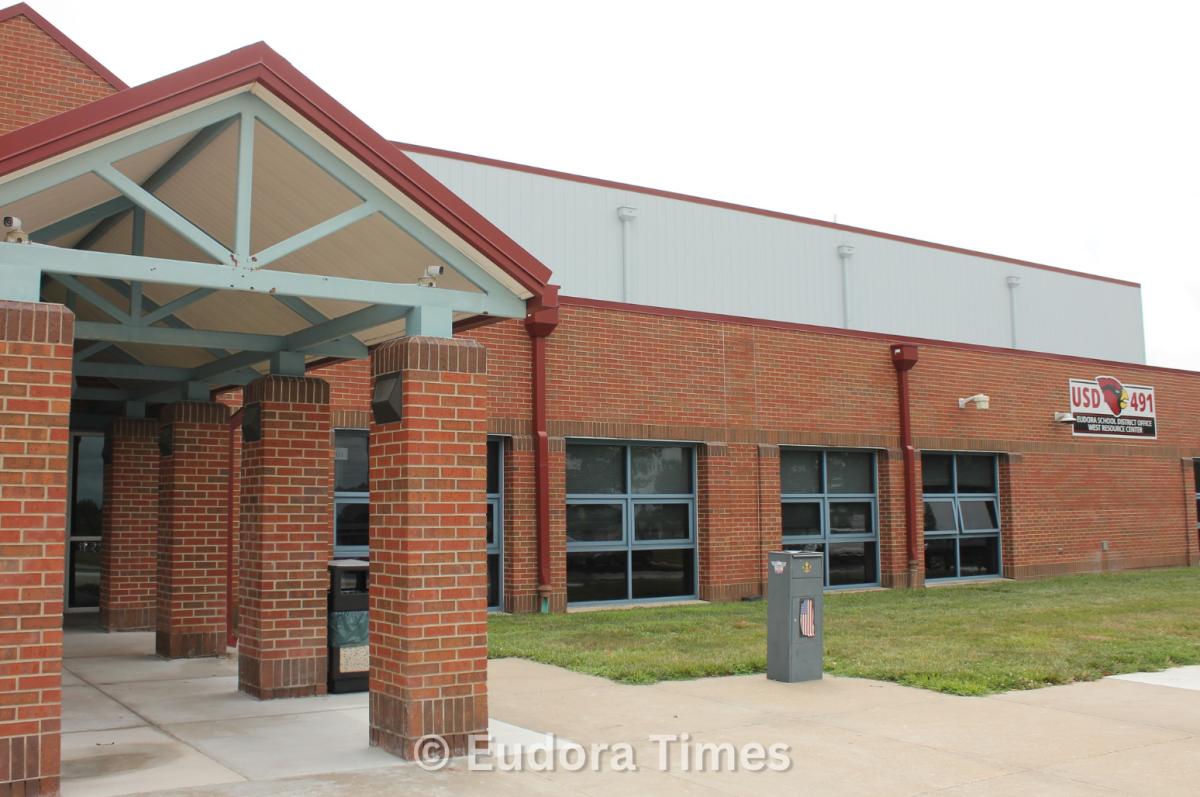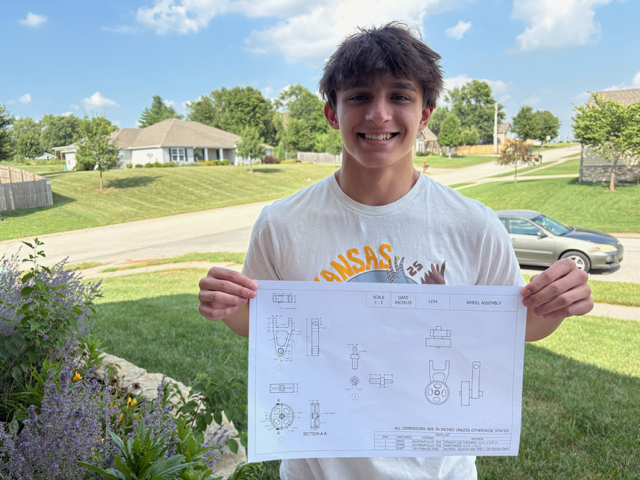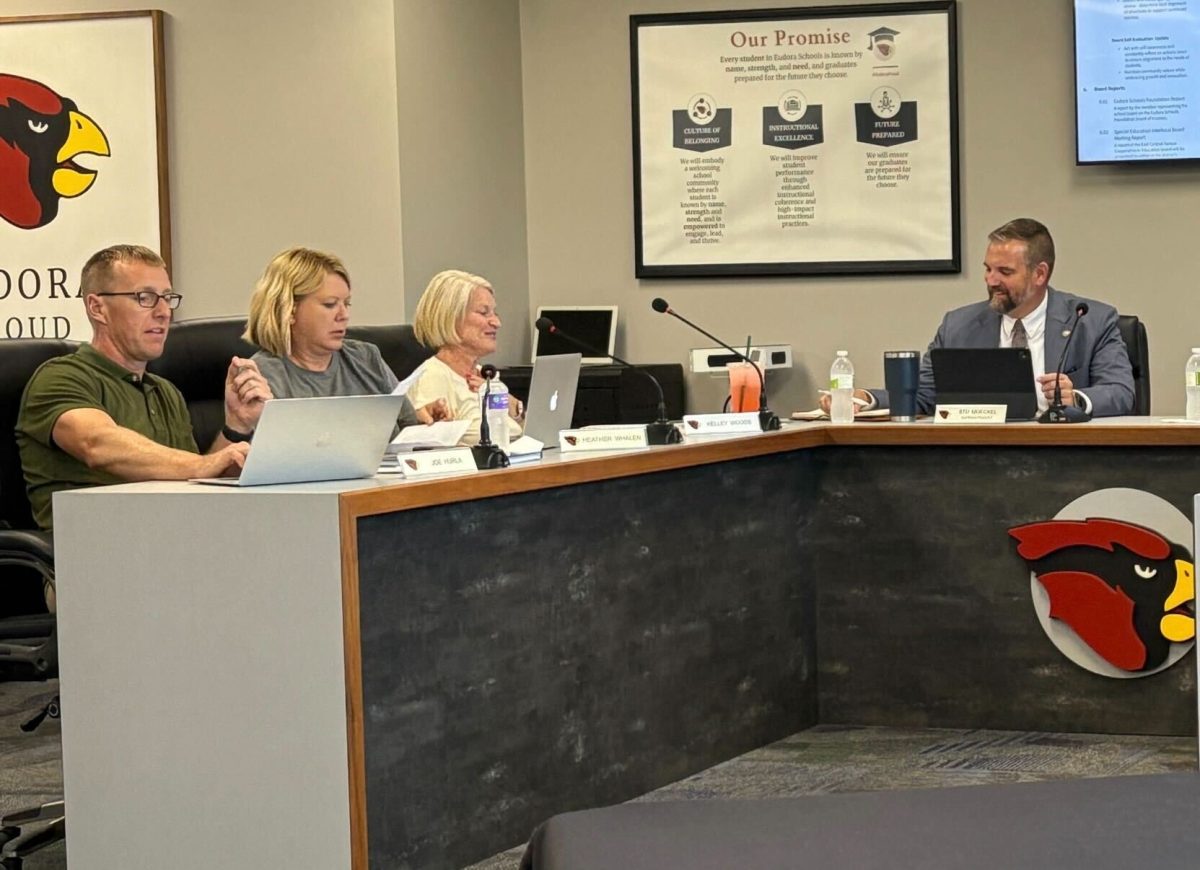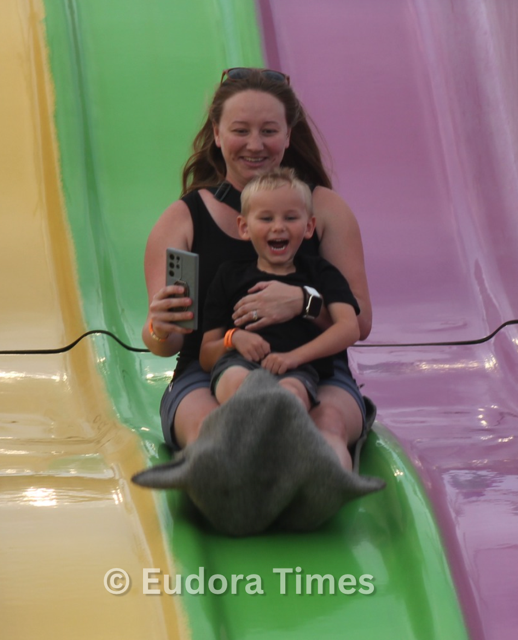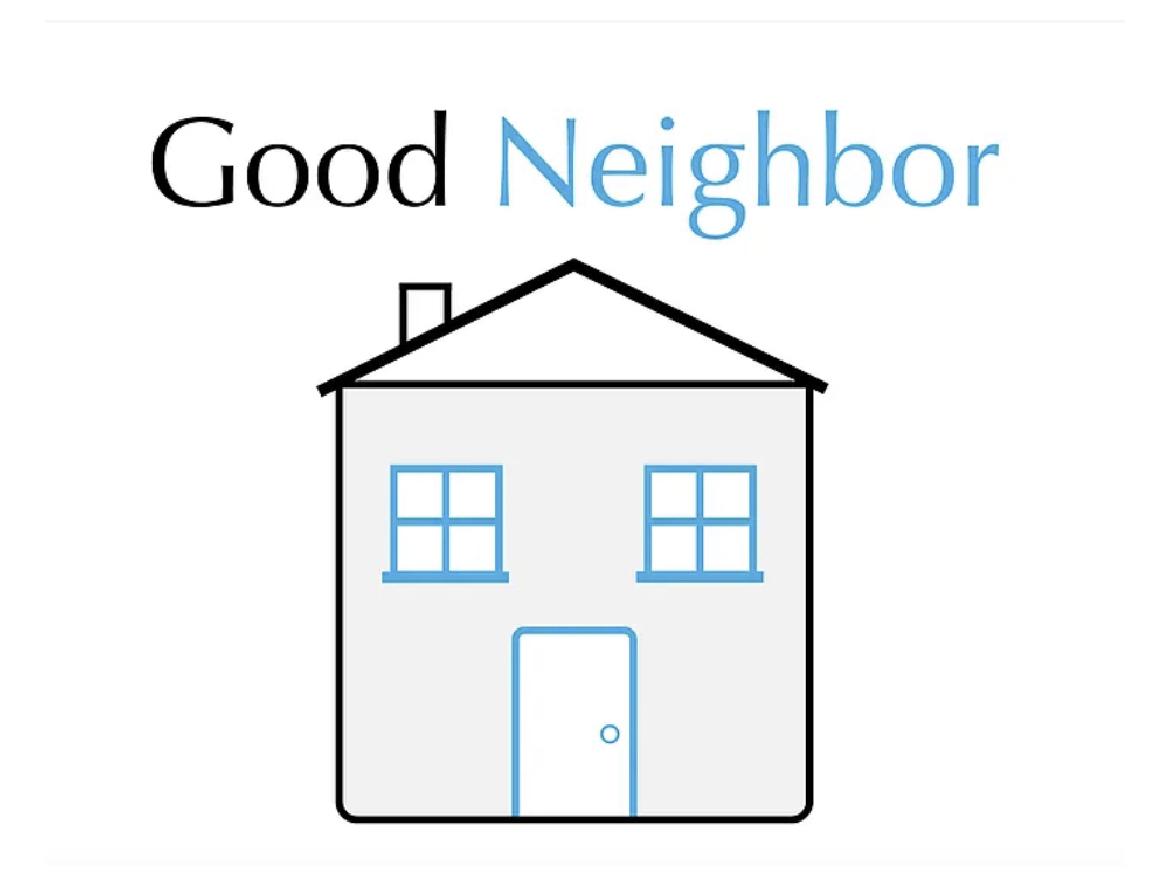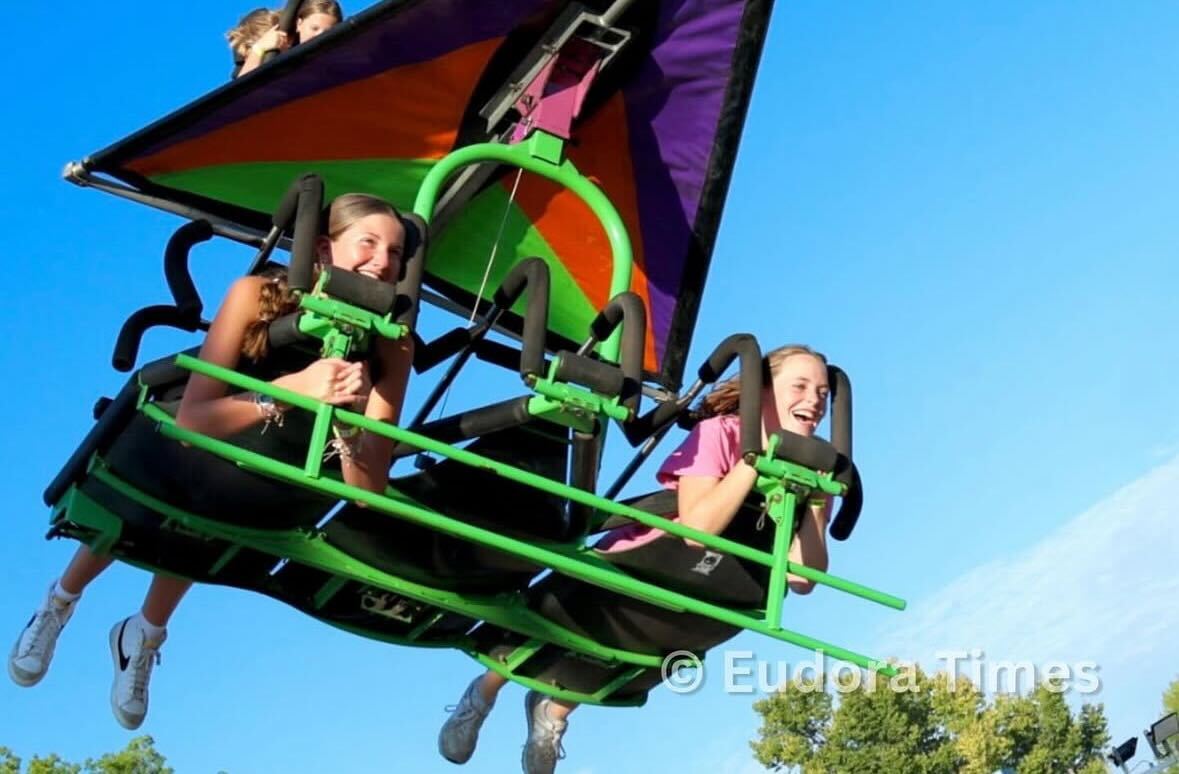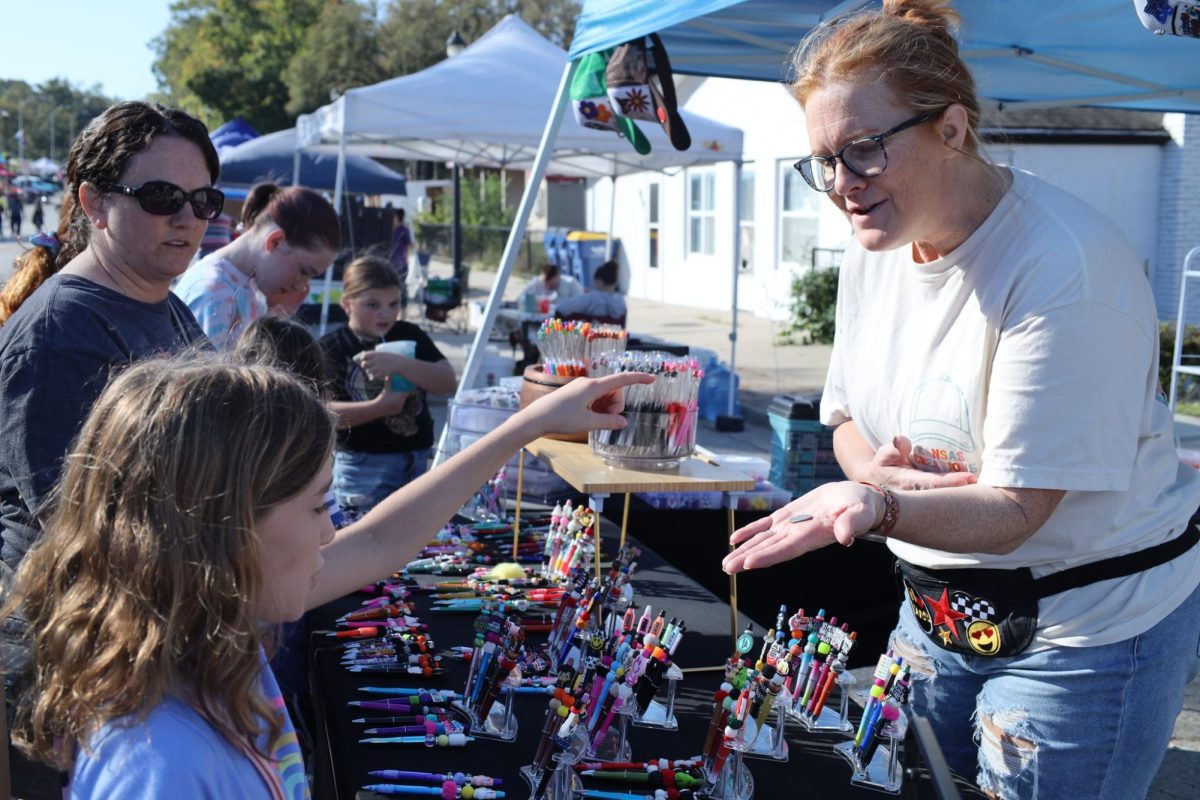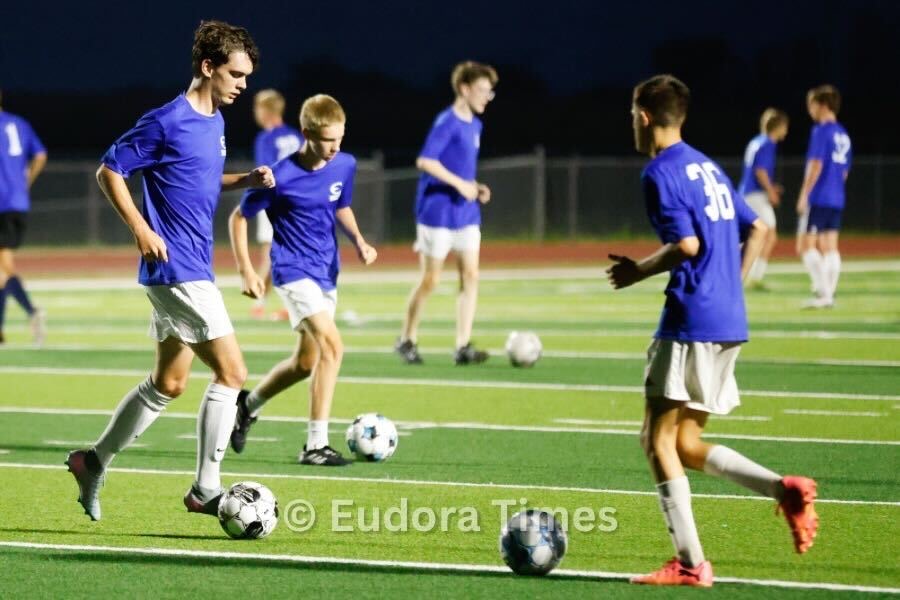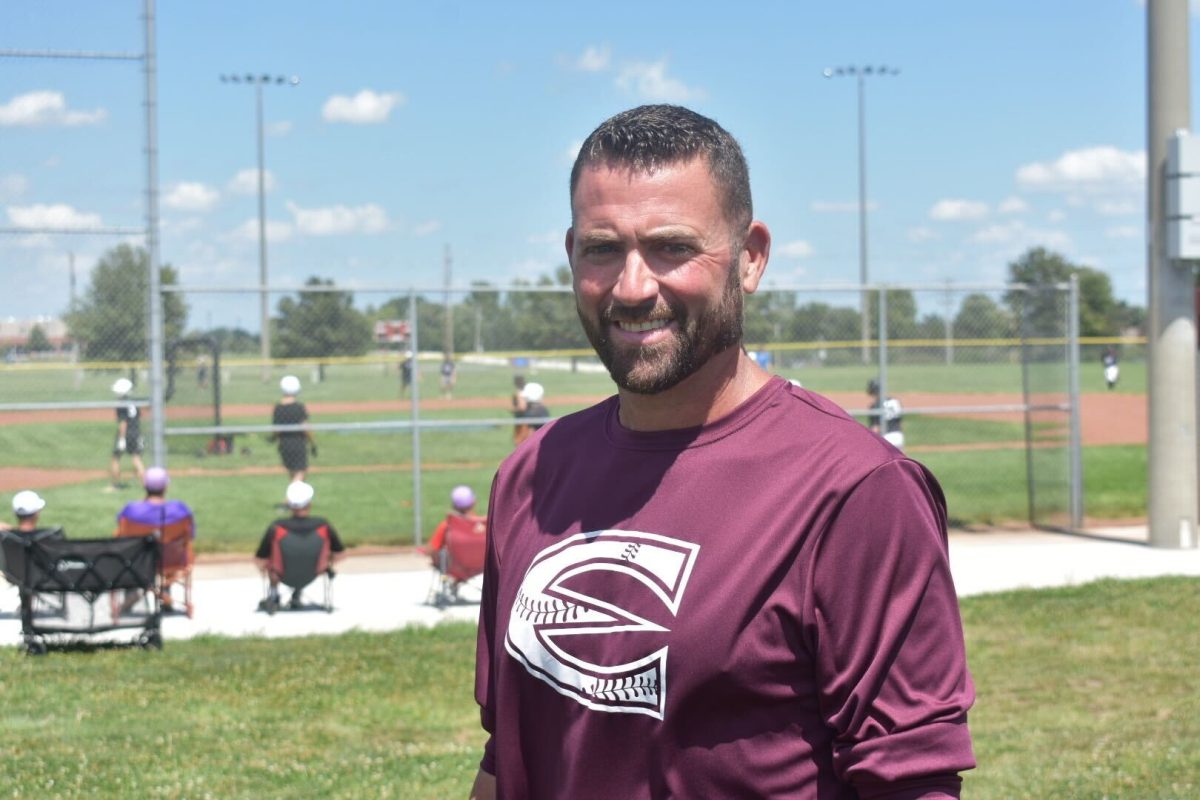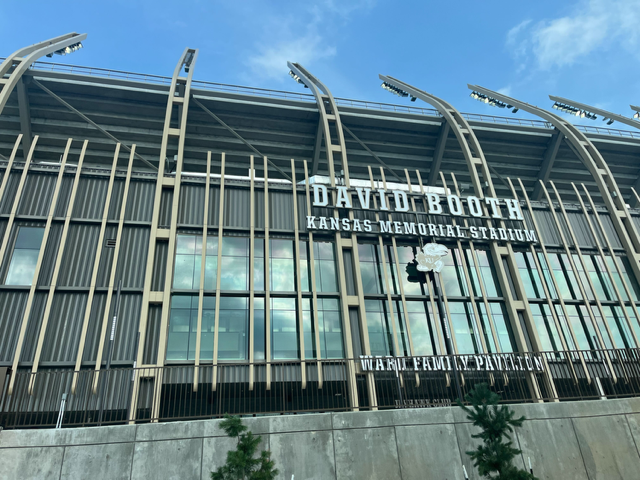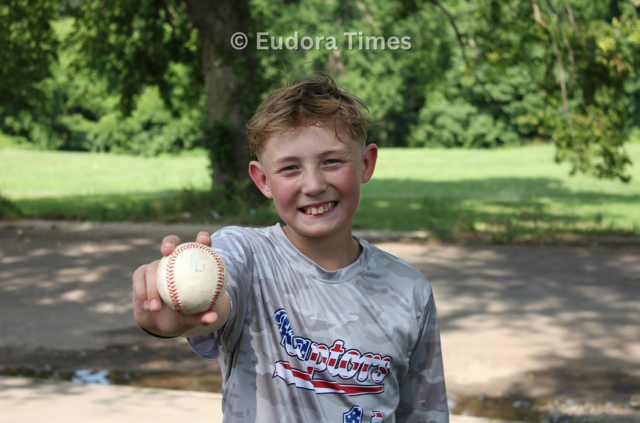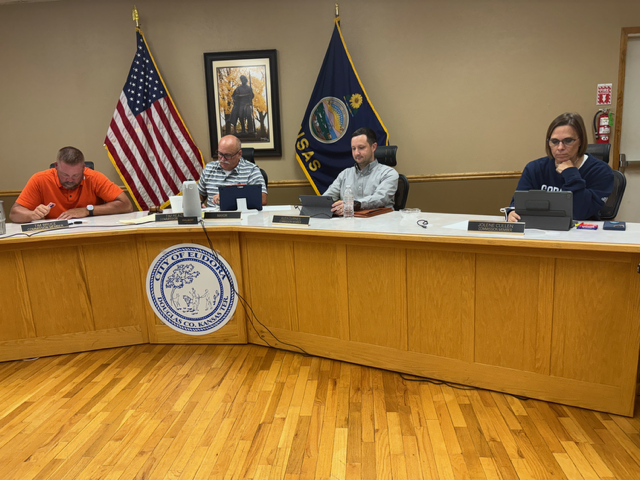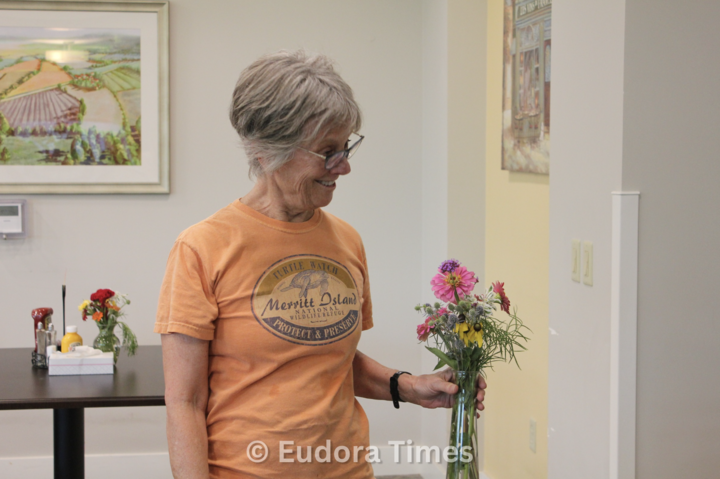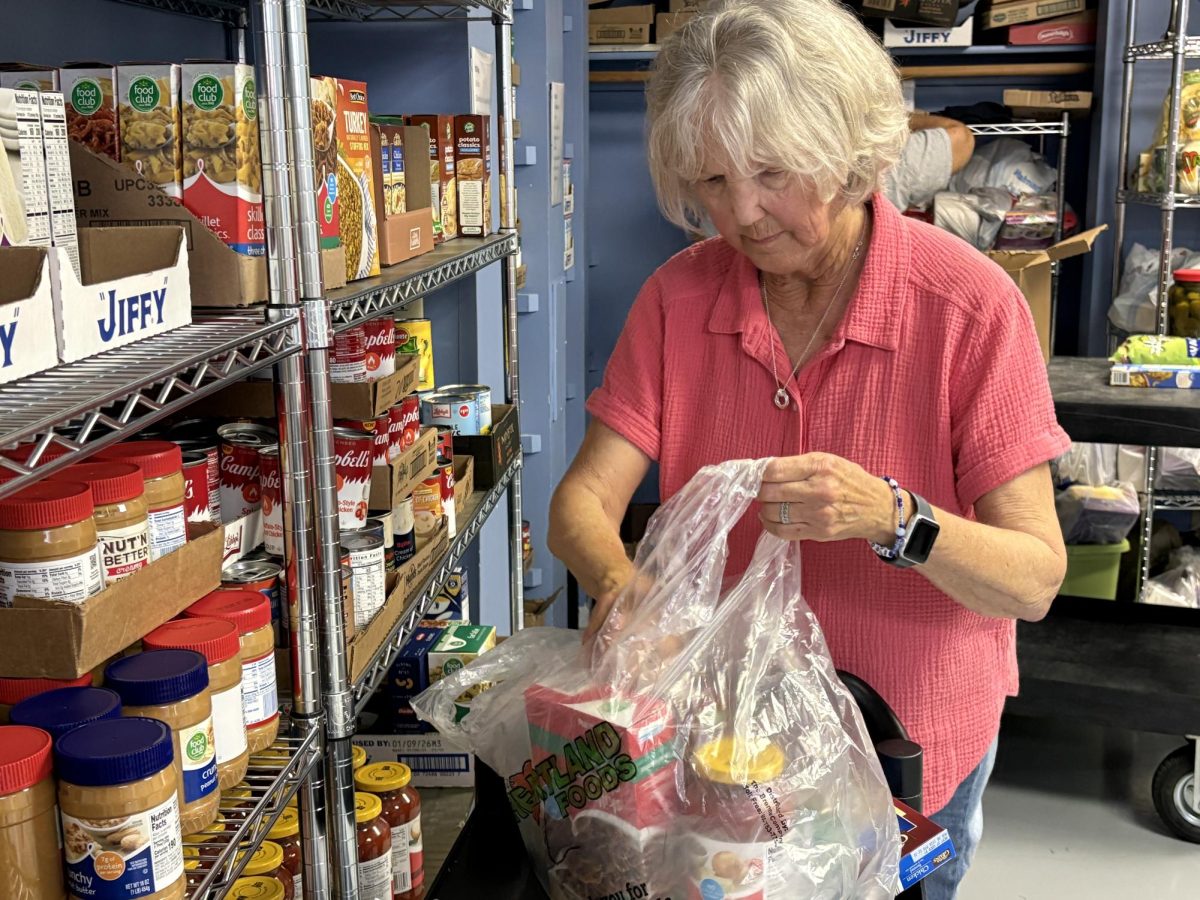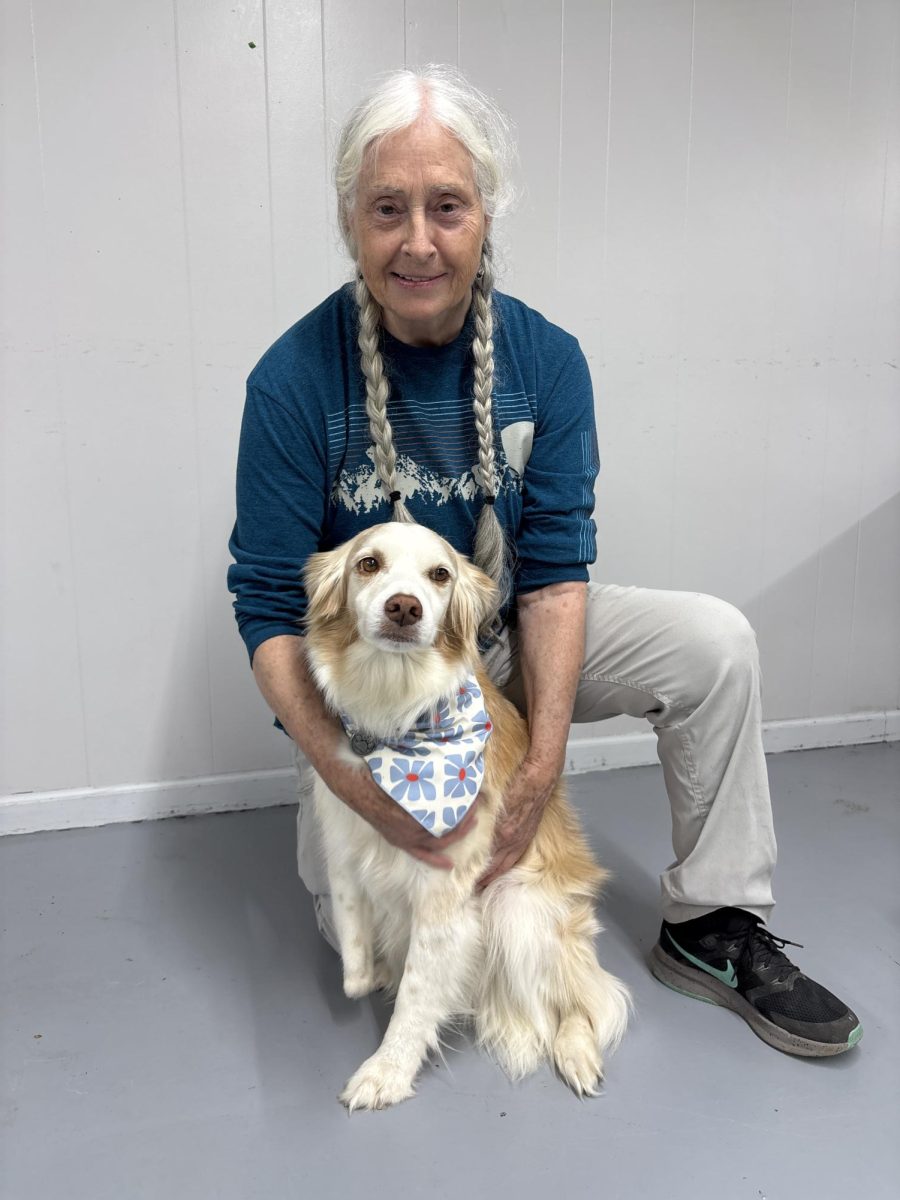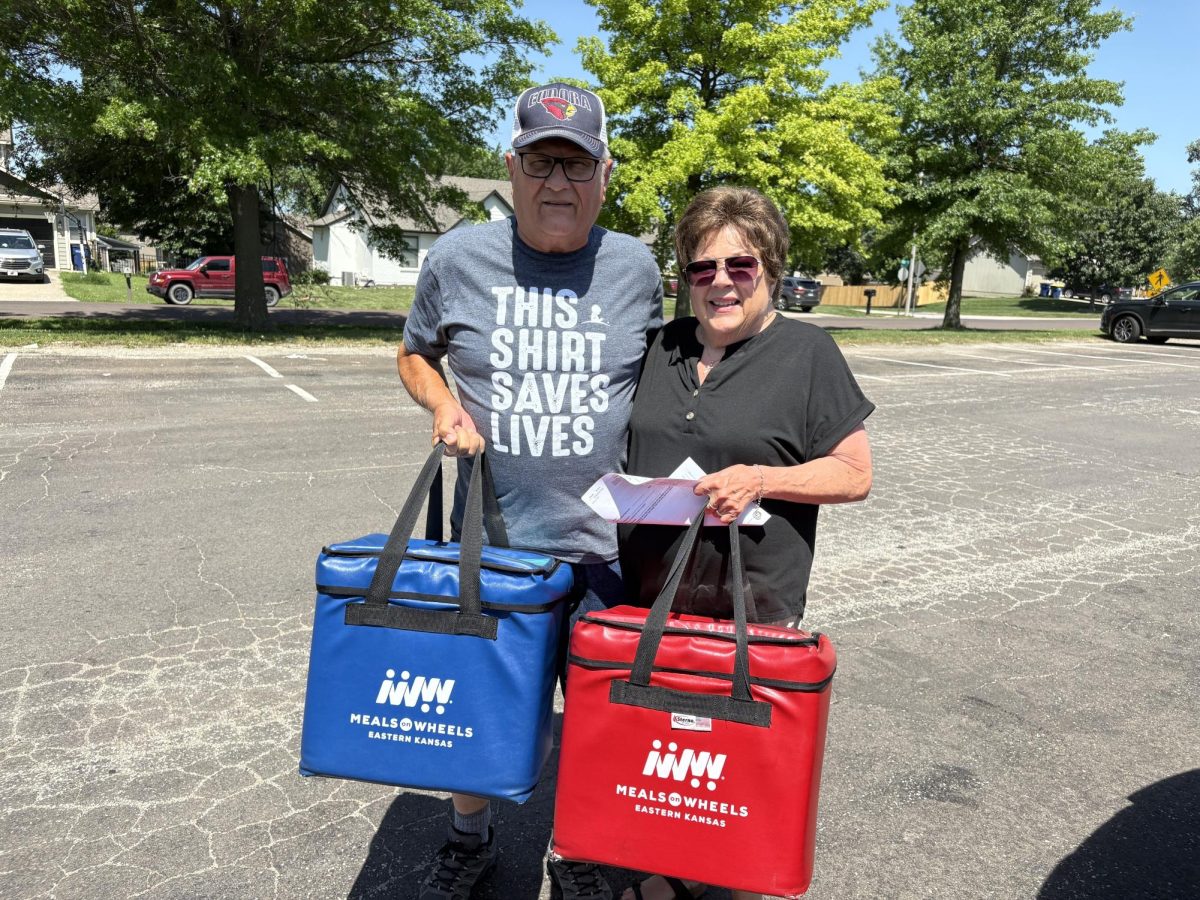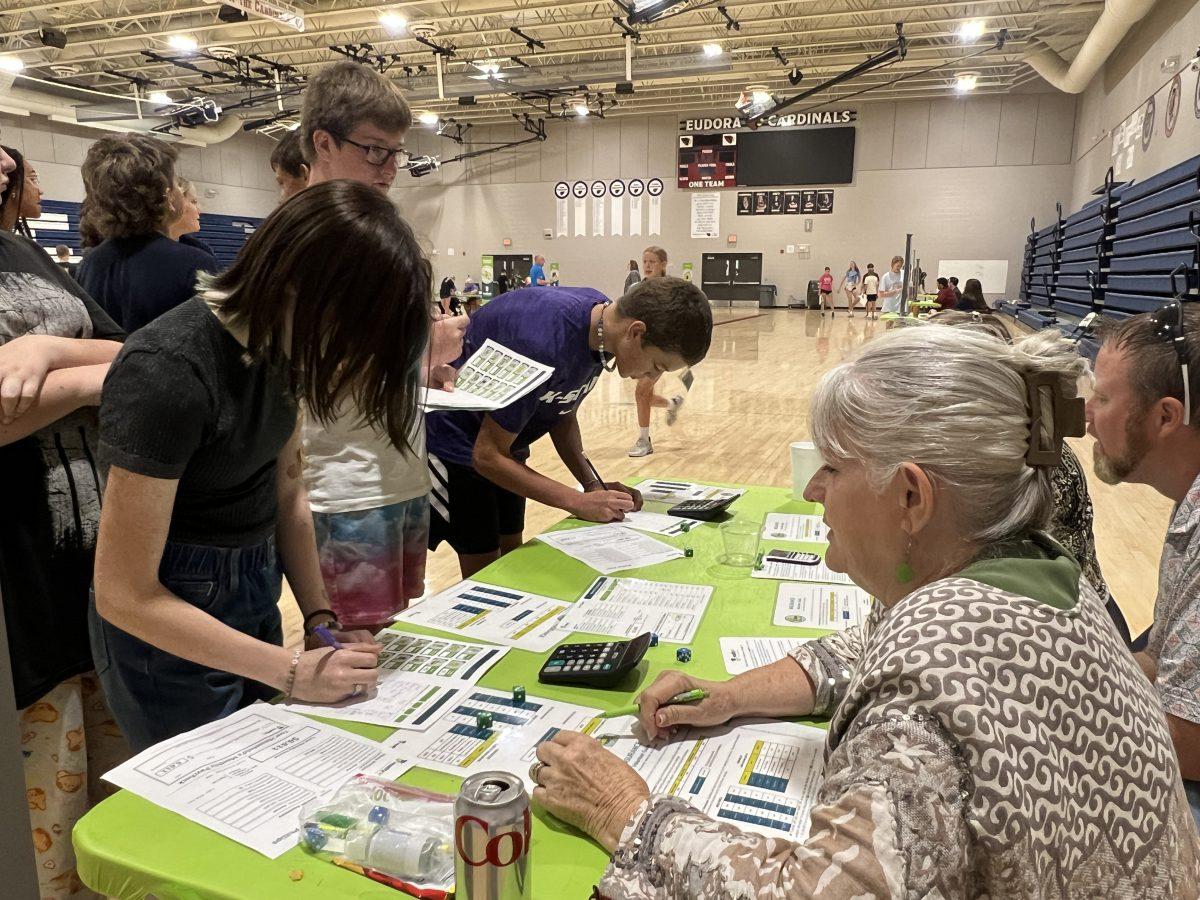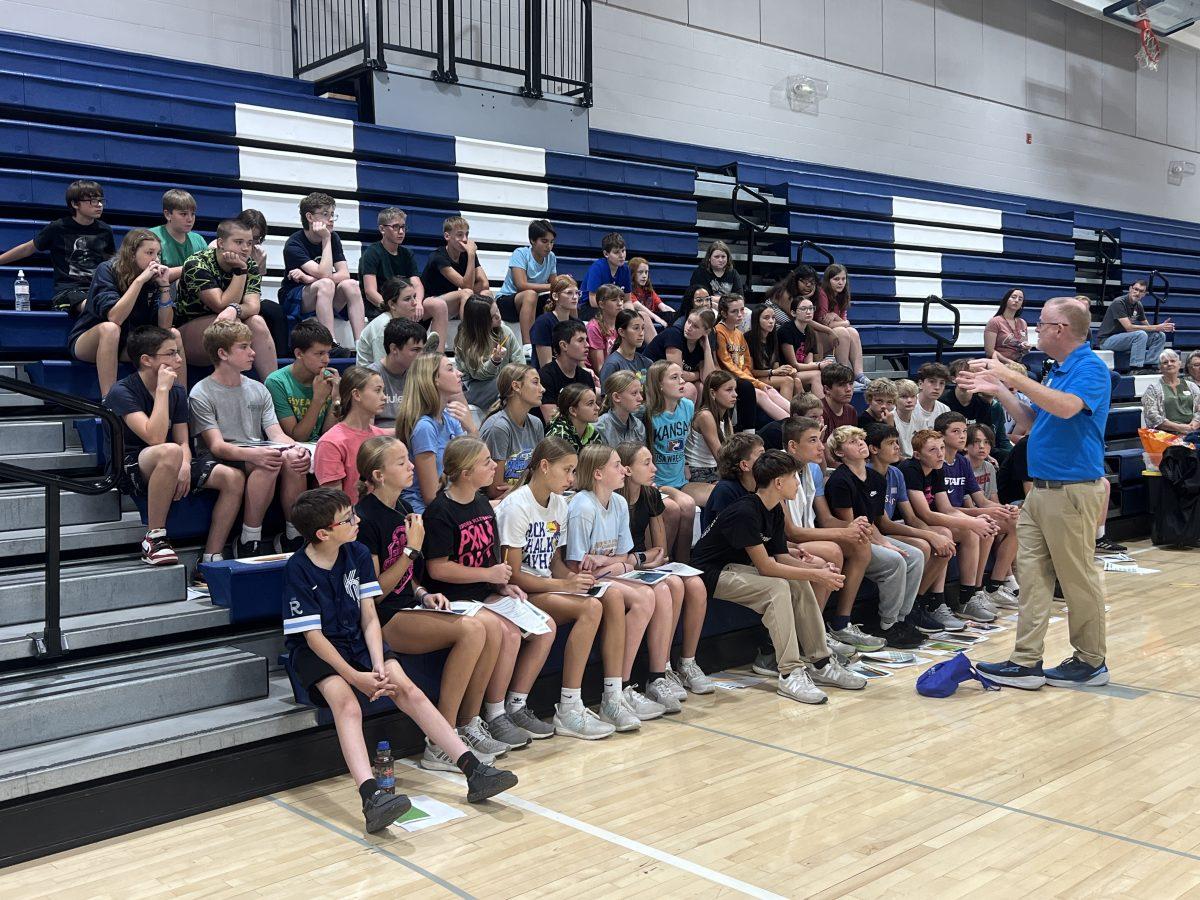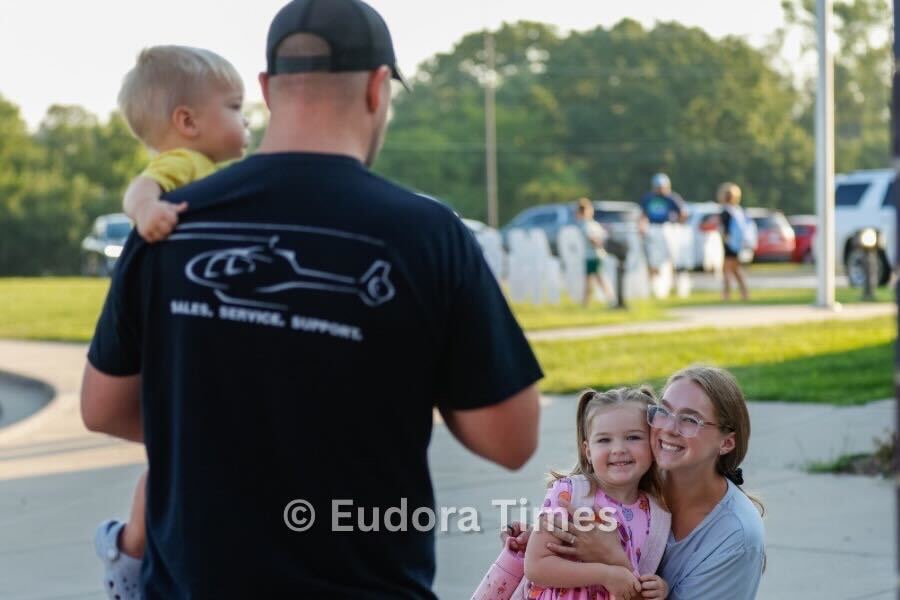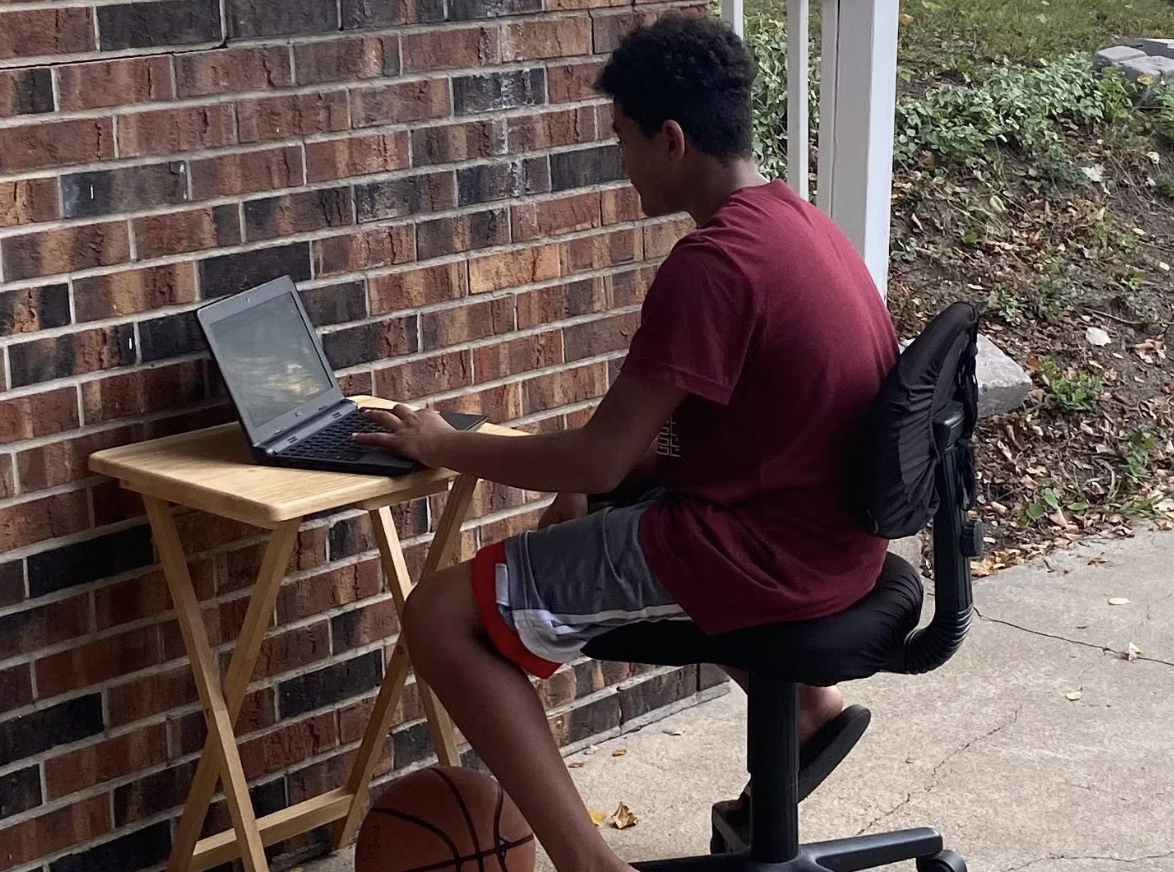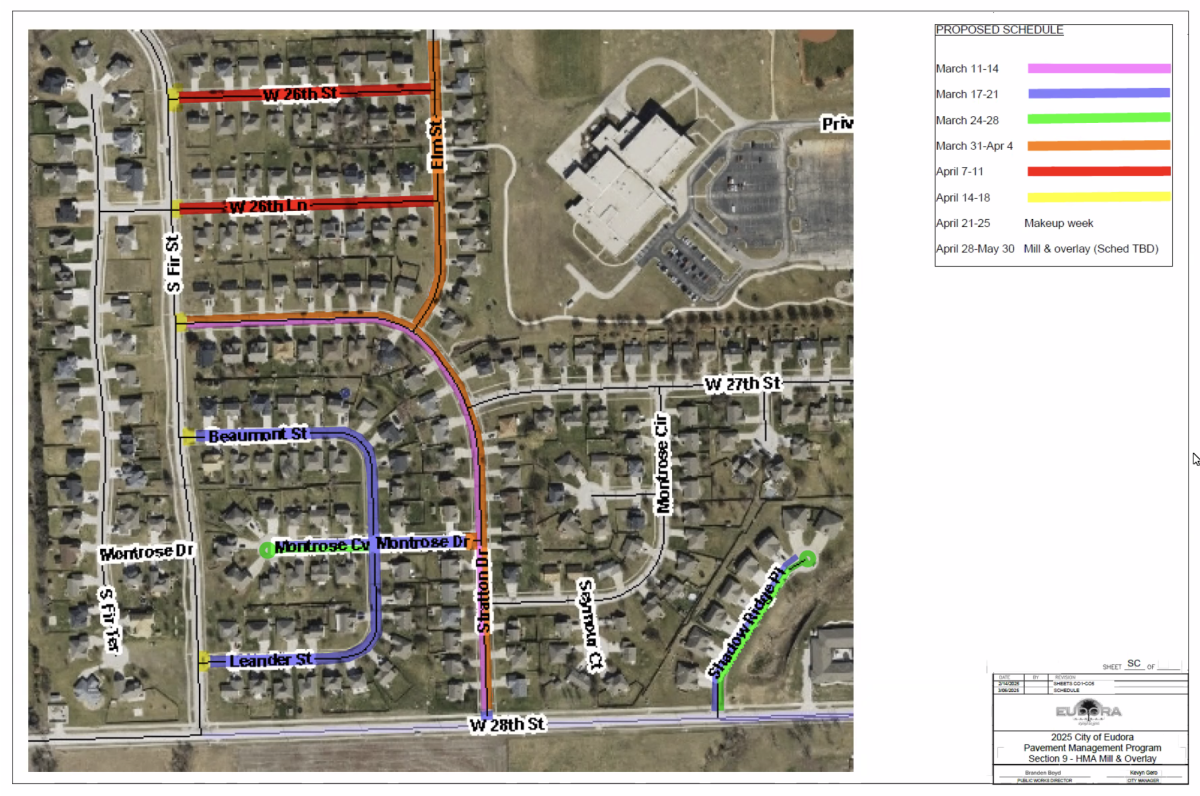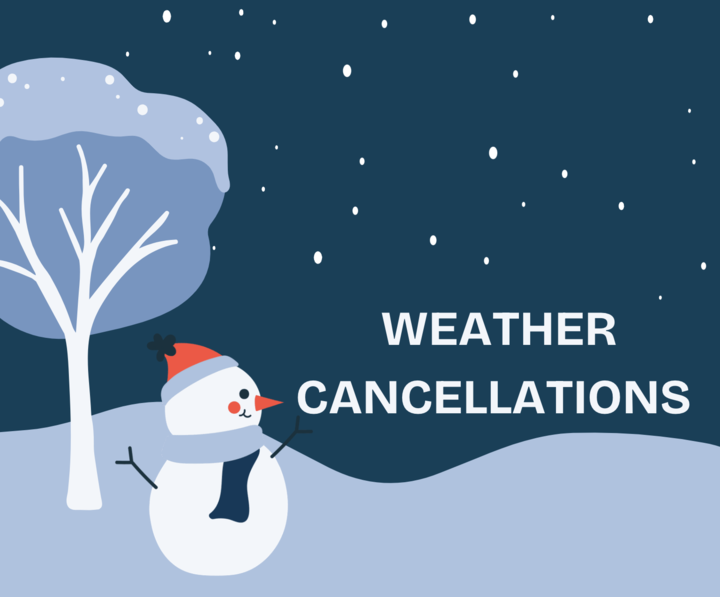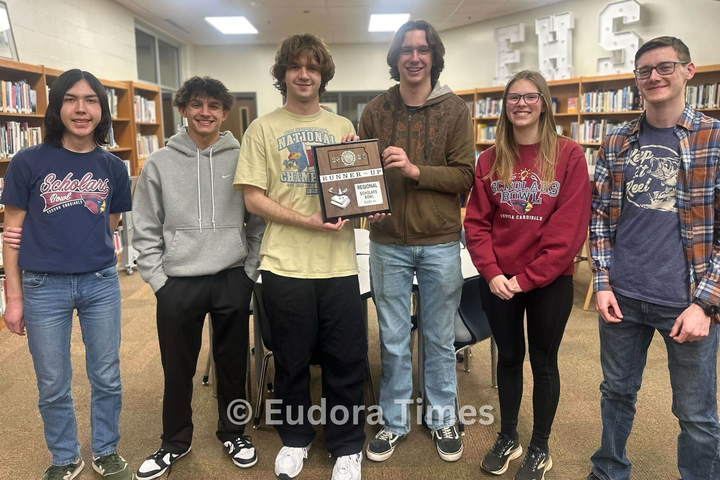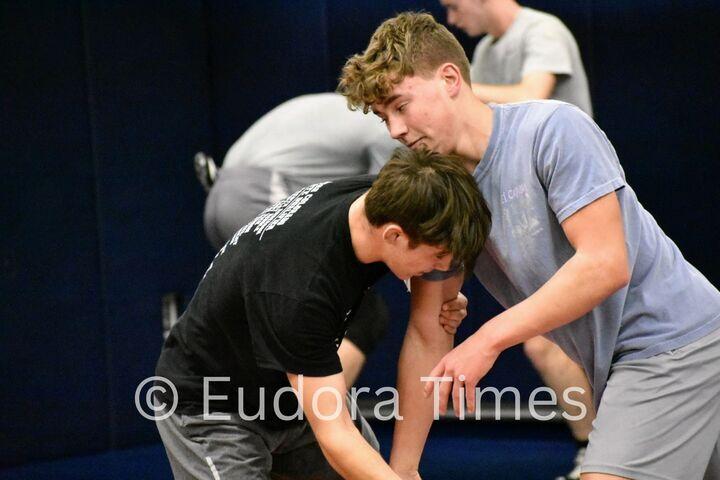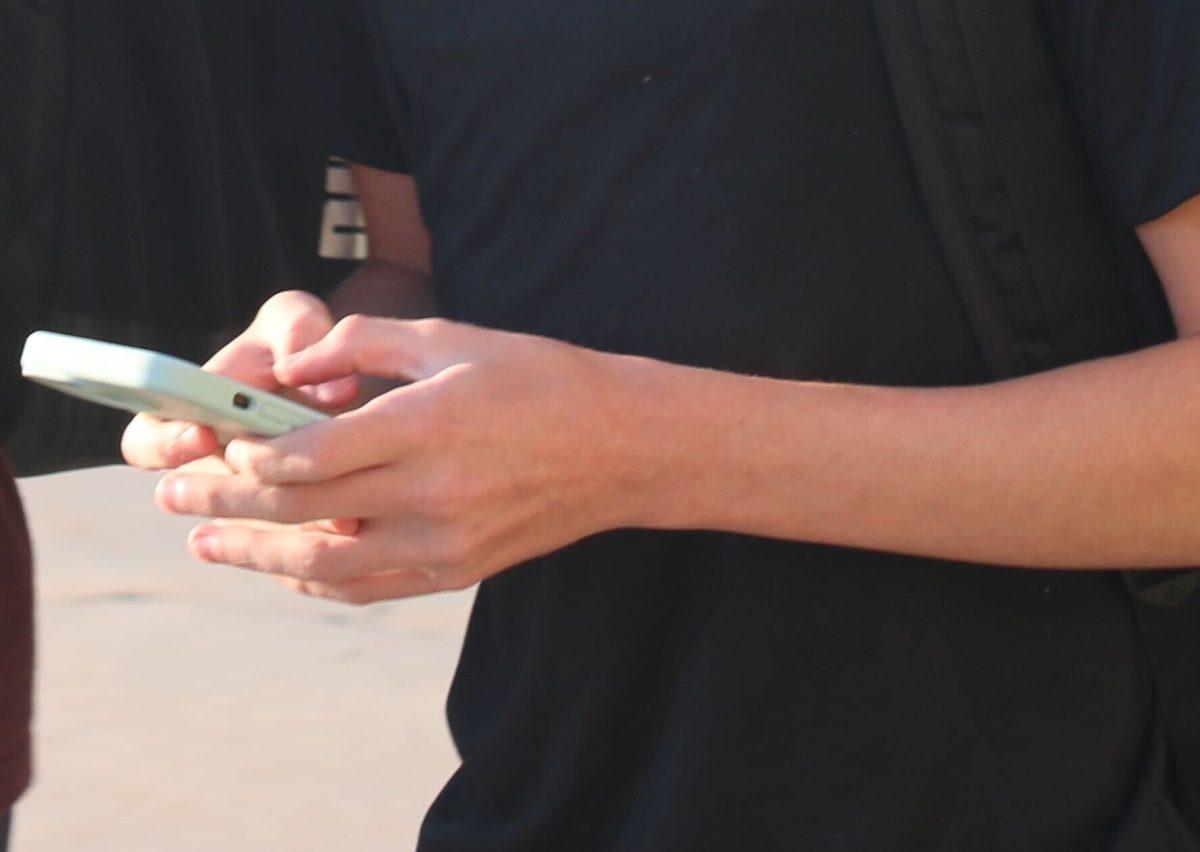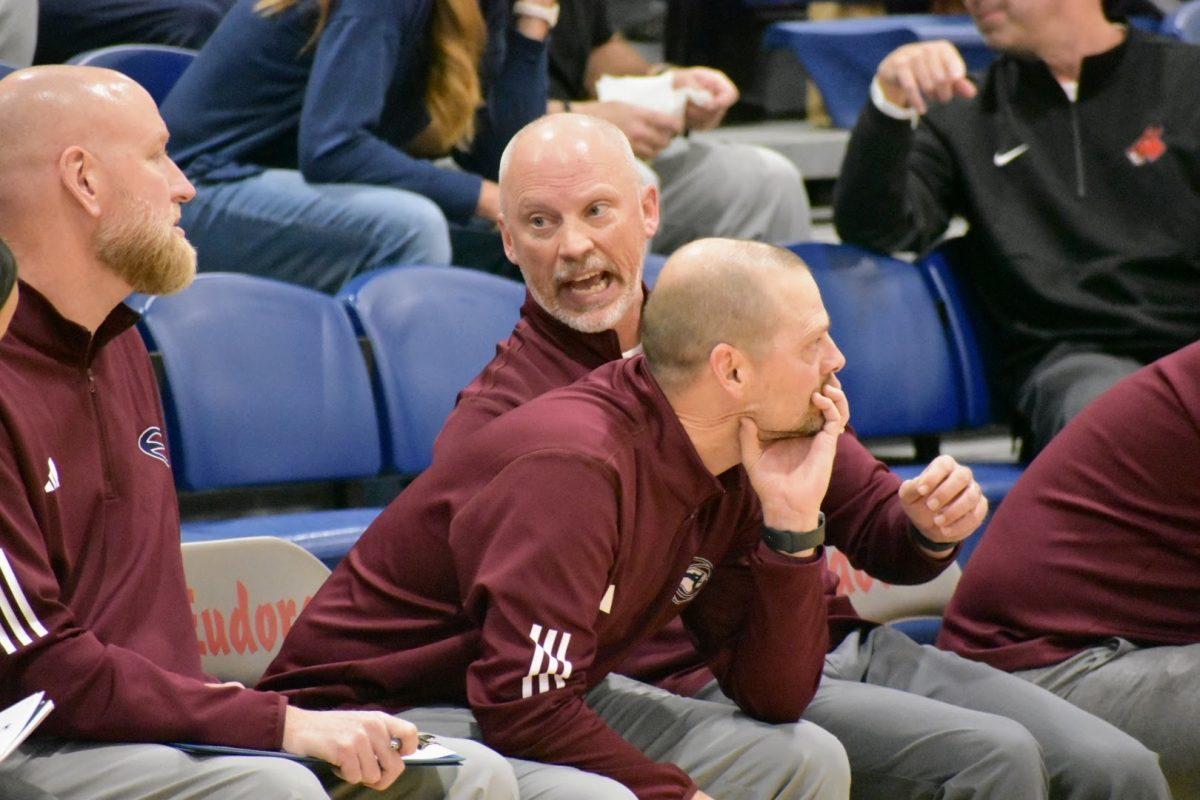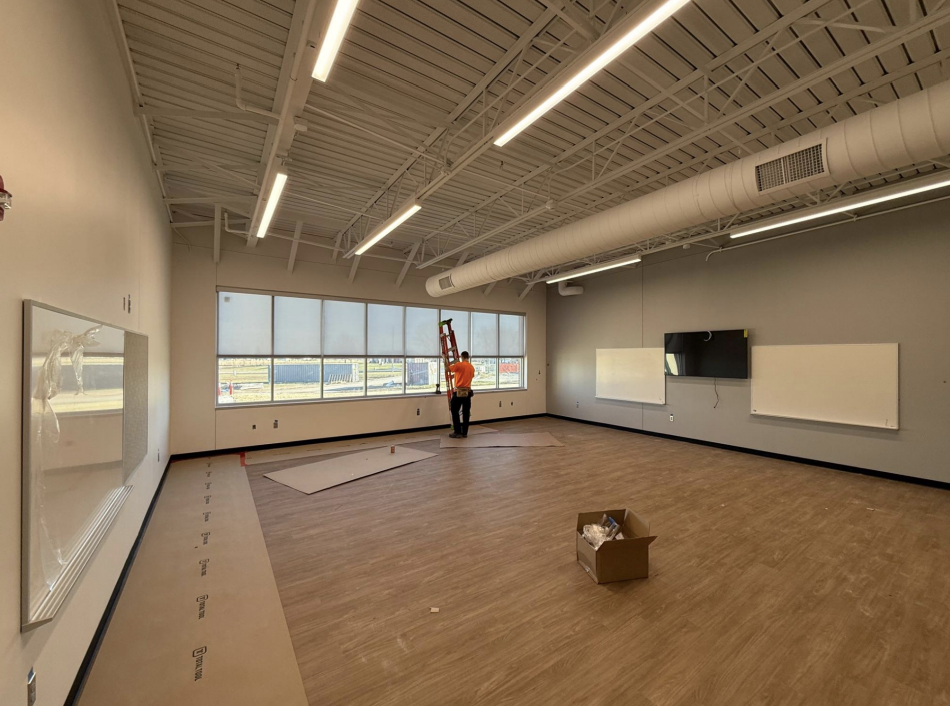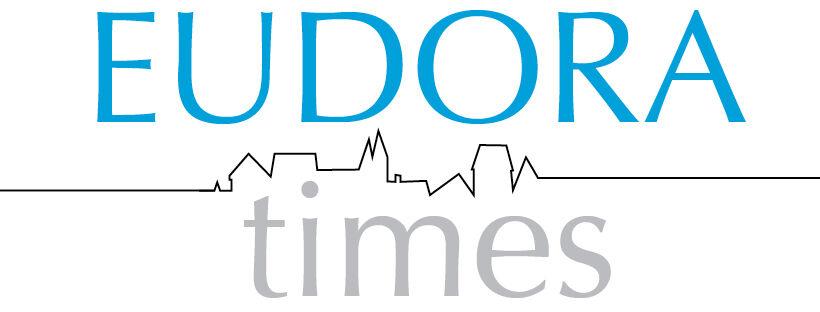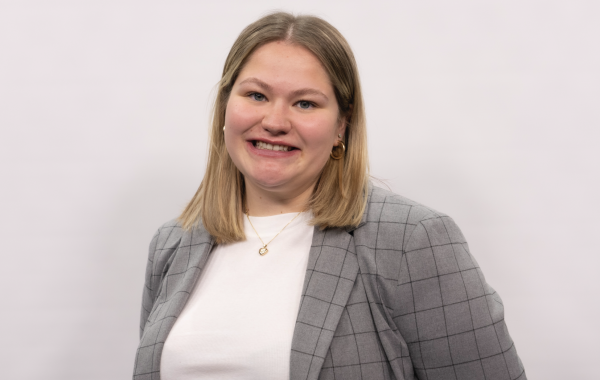Students got to see the actual costs of bills, housing, child care and insurance to understand how hard it is to manage their money during a simulation Friday.
Reality U returned for its second year for eighth and 10th graders to learn the importance of financial literacy and how their decisions impact the future of their finances.
Students are matched with a career, decide whether or not they want some form of education, whether to have children or get married, and then have to pay for rent, bills, child care, clothes, transportation, insurance and more.
Reality U Director Patrick Sehl said the program keeps expanding, with 70 events this fall compared to 40 last year.
Members of the business community, schools and other community members helped run each station as students walked through each making purchases, paying debts and deciding how they want their imaginary future to play out.
Prior to coming into the activity, students fill out a career and life decision questionnaire. They come into the simulation with a paycheck and have to make their purchases accordingly.
After participating in the activity, all of the eighth grade students interviewed agreed on one thing: everything is more expensive than they thought.
Alyssa McLaughlin noticed how much it was for child care and other costs related to having a baby. Her career was a school counselor because she hopes to help students in the future.
She said she realized “It’s harder than we thought.”
Colton Templeton was most shocked by the costs of food, and said it was a lesson he would carry with him.
When asked what his biggest takeaway was, he said, “save money.”
Kamden Robson said he learned how much his parents have to pay for everything. He was also most shocked about the prices of food. His chosen career was an HVAC technician, which he said he picked for its pay.
He said it taught him to “not be so greedy, ever.”
Regan Edmonds wants to be a nurse when she grows up, she said, but the pay was lower than she expected. She was shocked by the cost of child care.
“Something I learned from this was that I need to be more grateful with what I have,” she said.
Sehl of Reality U said there are three major reasons the program is important. For one, it brings new community members volunteers into the schools for something other than sports.
“They’re here to tell students that they matter, and it’s crucial that they learn these steps of financial literacy before they get too far down the road,” he said.
He thinks it also encourages teachers by seeing how bright their students are when they are given an activity like this one. But his favorite part is seeing students learn that their attitudes and effort dictate their futures. Teaching students they can always control their attitudes amid any circumstances is something especially important about the whole program.
It gets students started on learning financial skills sooner rather than later. Starting in eighth grade sets them up to figure out if the careers they are considering are actually what they want to do, and then students get to do the program again their sophomore year.
Eighth grader teachers Lee Minton and Paul Kaldahl agreed setting students up with this program in middle school gives them the rest of the year to engage in the various career fairs and discussions they have in the spring.
Students may not be thinking about things like insurance, car maintenance and child care costs before doing an activity like this, Minton said.
“I think the biggest thing they tell me right away is, ‘I’m never going to complain to my parents again,’ type of sentiment,” Minton said.
It’s great to see students have those moments of realization that things do cost a lot of money, Kahldahl said. Seeing just how far the paycheck has to stretch is a good lesson to learn now, he said.
“I think from an eighth grader, when you see a monthly salary, you think you’re rich,” he said.
This was Meagan Cox’s second year volunteering for the simulation. She saw the effects it had on her own daughter last year when she realized the costs of things.
“I love this. This is such a good experience for these kids,” she said.
It’s great to see how much thought the kids put into making all the decisions, she said. Sometimes they’ll choose to buy the most expensive house and come back later and say they need to downsize to the cheaper one, she said.
Volunteer Ginny Barnard said as a former educator, hoping students understand the realities of finances is important.
“This is a simulation that provides that hands-on experience better than they can get in a classroom setting,” she said.
Volunteer Claire Harding, agreed saying that tying performance in school to a future profession is a big deal for kids.
Director of School Improvement Heather Hundley said the program creates some relevance to the courses students are already taking. They get to see the opportunities and build resilience when obstacles happen.
“Helping them to see that they can take ownership, and ‘I can actually do something about it,’ whether it’s turning in assignments, asking better questions, showing up to class,” she said.
